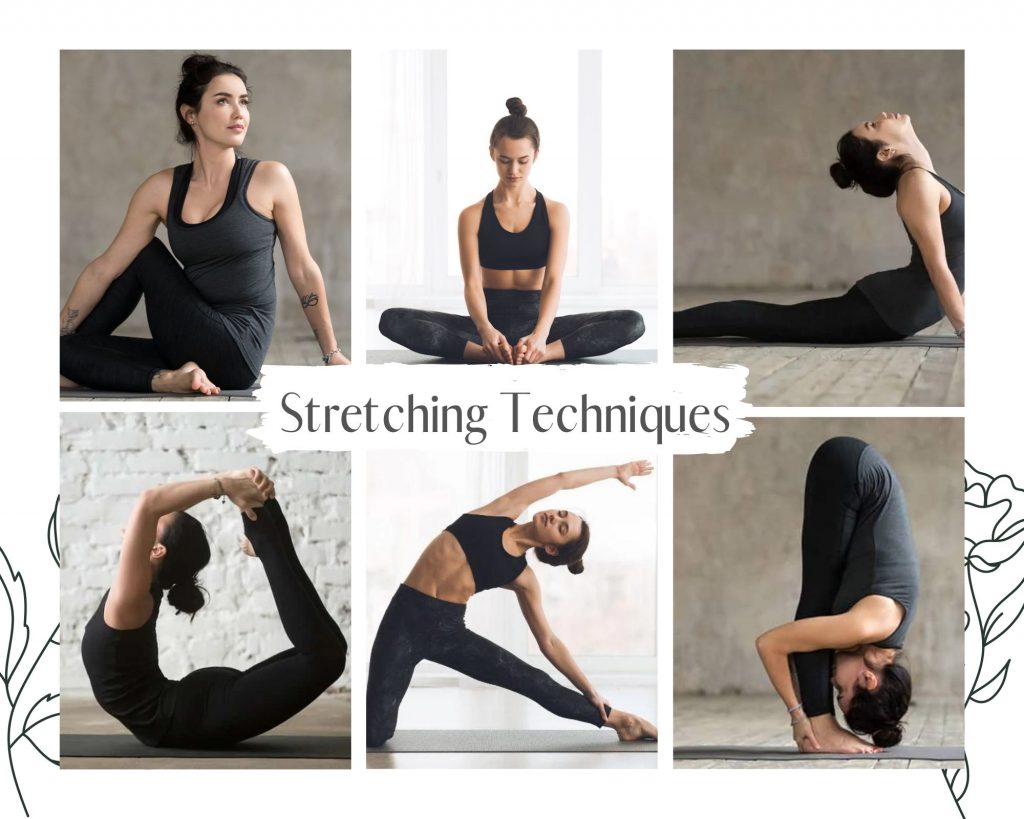Whether you want to get more flexible or reduce joint pain, there are some important tips to help you stretch properly. You should avoid bouncing while stretching, as this can cause injury or increase muscle tightness. Instead, hold the stretch for thirty seconds, or up to 60 seconds if your muscles are particularly tight. Also, when you’re stretching, you should never aim for pain. If you feel any pain, stop immediately and adjust your stretching technique accordingly. Pain O Soma 350 Mg causes muscle relaxation. Effectively relieves pain. Pain O Soma 350 Mg causes muscle relaxation. Effectively relieves pain.
Static stretching
Unless you’re a bodybuilder who does a lot of stretching to improve your flexibility, static stretching is worthless. Stretching causes nothing to become permanently stretched, and most of these exercises are best performed for only a few minutes a day. The best thing to do is to find an exercise that allows you to use as much ROM as possible without overstretching. Prosoma 500 Mg is used to treat pain caused by musculoskeletal injury or excessive muscle spasms.
One of the best ways to do this is by following a training program designed to maximize the amount of flexibility you get from stretching. The purpose of this study was to examine the effects of different static stretching sessions on xoxo-femoral flexibility in women. Participants were divided into two groups: one group participated in a 10-week program consisting of two fifty-minute sessions per week, while the other was inactive. After completing the program, the women’s hip flexibility was measured by goniometric methods.
Dynamic stretching
Dynamic stretching is an excellent way to increase flexibility and strength. It works by progressively increasing the speed and range of motion and involves a warming-up period. The aim of dynamic stretching is to increase muscle and joint mobility and reduce the risk of injury. For example, dynamic stretching for the hamstrings may reduce passive stiffness and increase the range of motion in the muscle. However, it should be done carefully as the muscles should be completely warmed up before engaging in such exercises.
Dynamic stretching should be performed as part of your warm-up routine before any sporting event. It should include low to moderate-intensity exercise, including stretches.
Stretching with props
Stretching with props can add an extra level of comfort and benefit to certain yoga poses. Straps, for example, can be used to flip your grip in a pose and strengthen your muscles and tendons. Bolsters, on the other hand, can support your hips in a deep hip opener.
Yoga straps can also help increase flexibility and create mobility. A strap can shorten the distance between the legs and arms, or the arms and shoulders. It can also be used to target specific muscles. The yoga strap is ideal for strengthening arms and legs, but it also can help reduce the distance between different body parts.
Props can also help you avoid injuries associated with overstretching. For example, you can use props to help you hold a hamstring stretch longer. You should avoid jerking or bending the muscles as this may stretch weak or recovering joints.
Stretching with supports
Supports can help you increase your flexibility and increase your range of motion. Props can be anything from pillows to towels and can be used to fill in spaces where you cannot stretch. When performing a stretch, be sure to keep your pelvis and spine in a neutral position. This way, you won’t strain any muscles while you stretch.
Supports are very useful in preventing injuries and preventing overuse injuries. In addition, you’ll be able to target specific muscles and poses. A professional PT or coach can help you determine the best exercises for you.
Listening to your body’s cues
One of the most important things to remember when stretching to increase flexibility is to listen to your body’s signals. During a stretching session, your muscles should feel tension but not a sharp pain. If you feel pain, stop stretching immediately. You’ve probably overdone a stretch and strained a muscle.
The tendons in your body contain receptors that communicate with your brain and spinal cord. These structures are designed to resist changes in muscle length and to protect the body from damage. By consciously listening to your body’s cues when you stretch, you’ll be able to make progress faster.
The most common type of stretching is static stretching, which involves holding a stretch position for at least 15 to 20 seconds before moving to the next position. Different types of static stretches will produce different sensations. Ideally, you’ll feel a mild to moderate pulling sensation and a little discomfort, but you shouldn’t feel pain. Static stretching can also increase the risk of injury. Dynamic stretching, on the other hand, involves moving your body in a certain motion to achieve the desired stretch.

